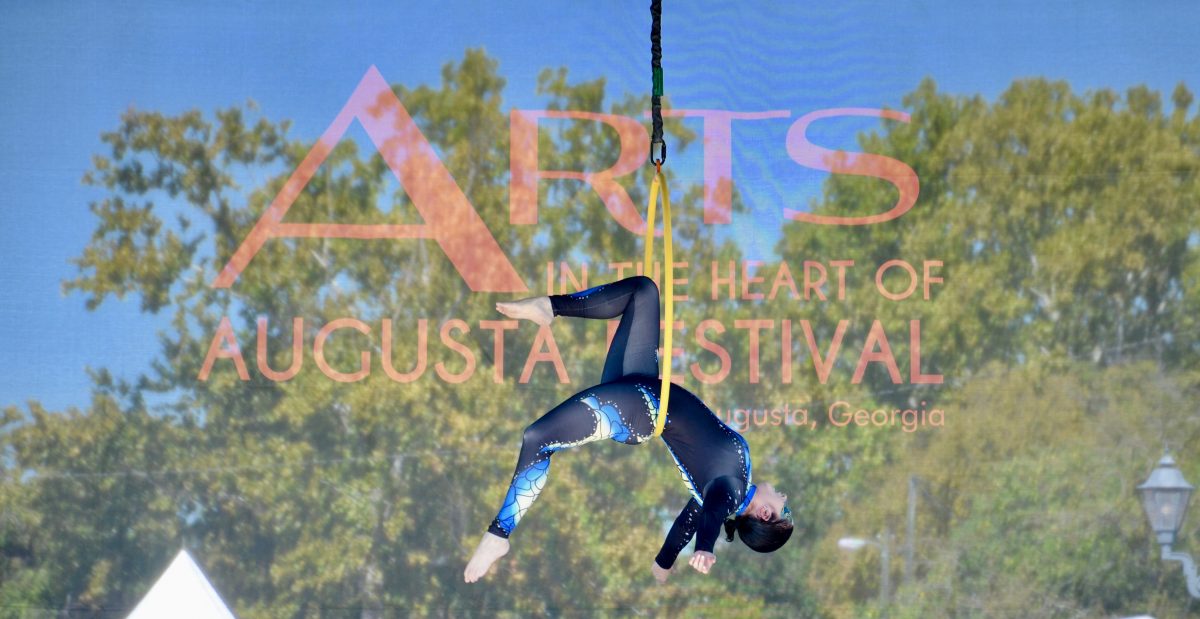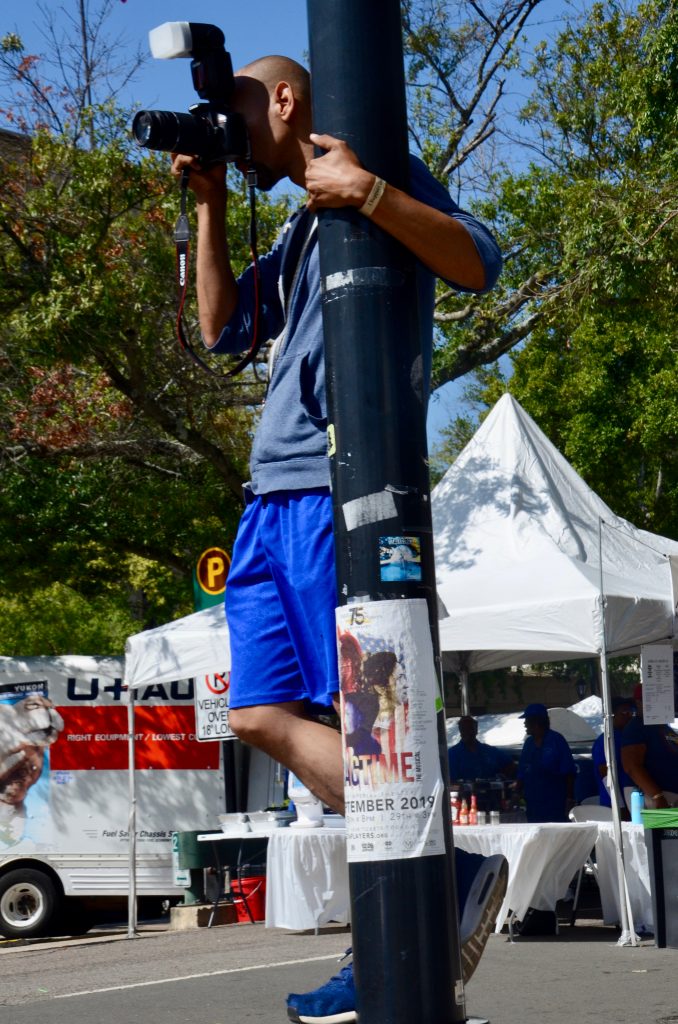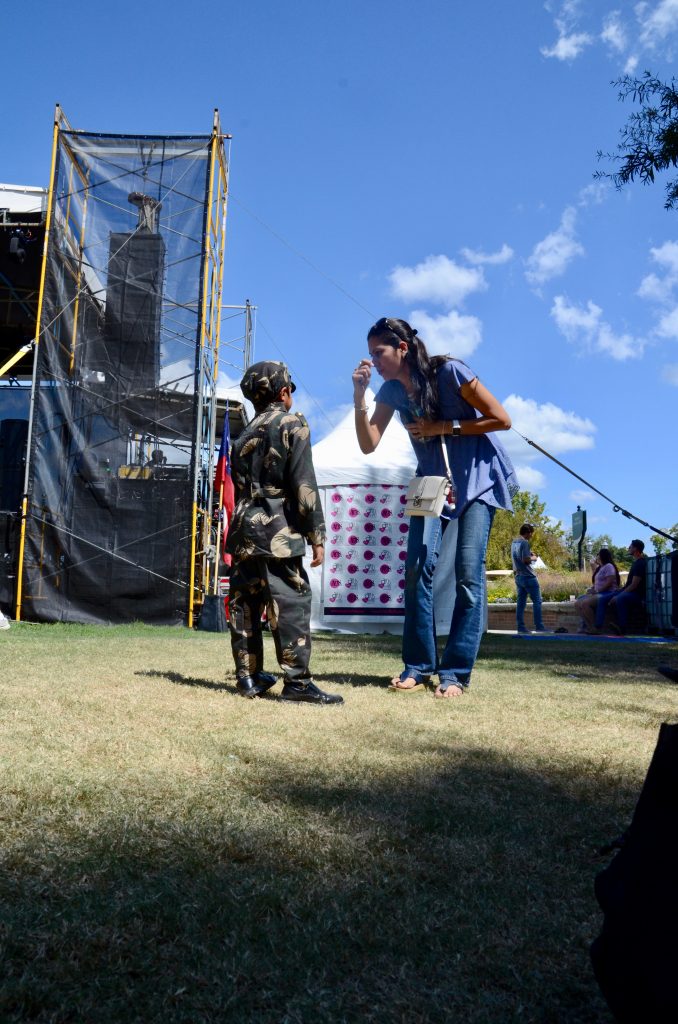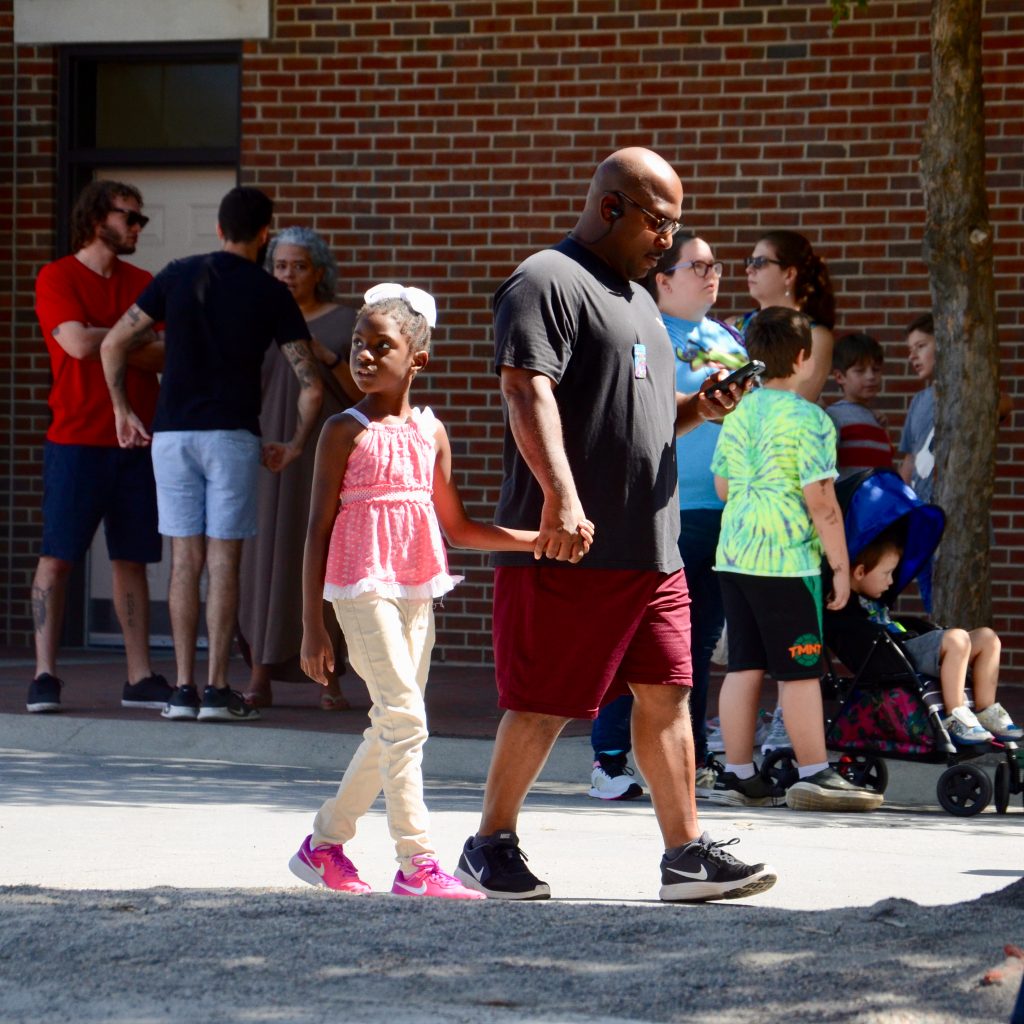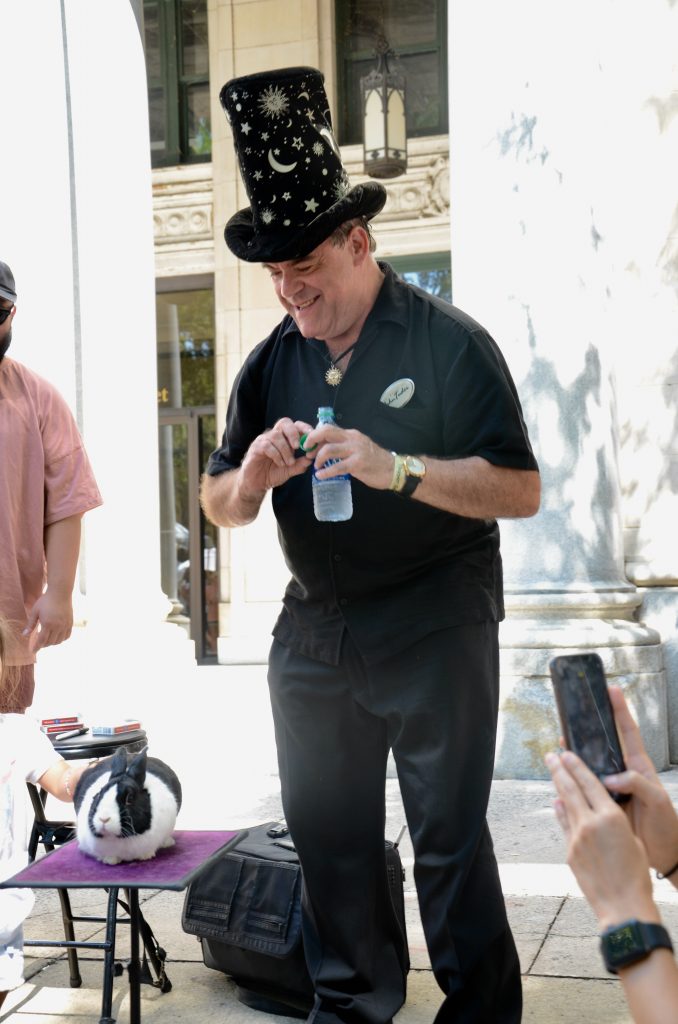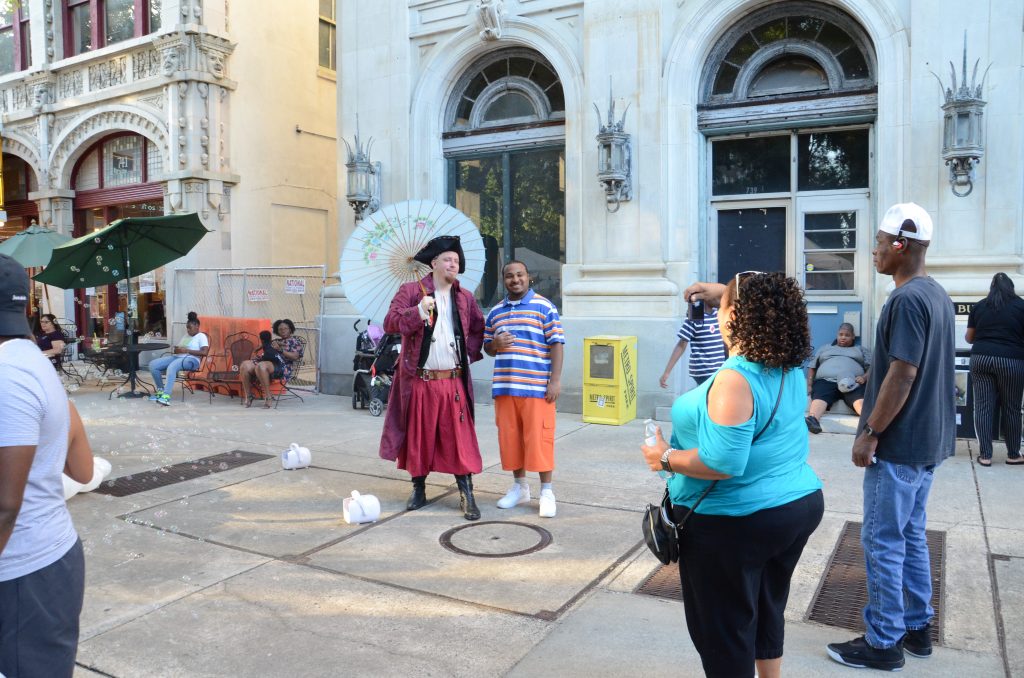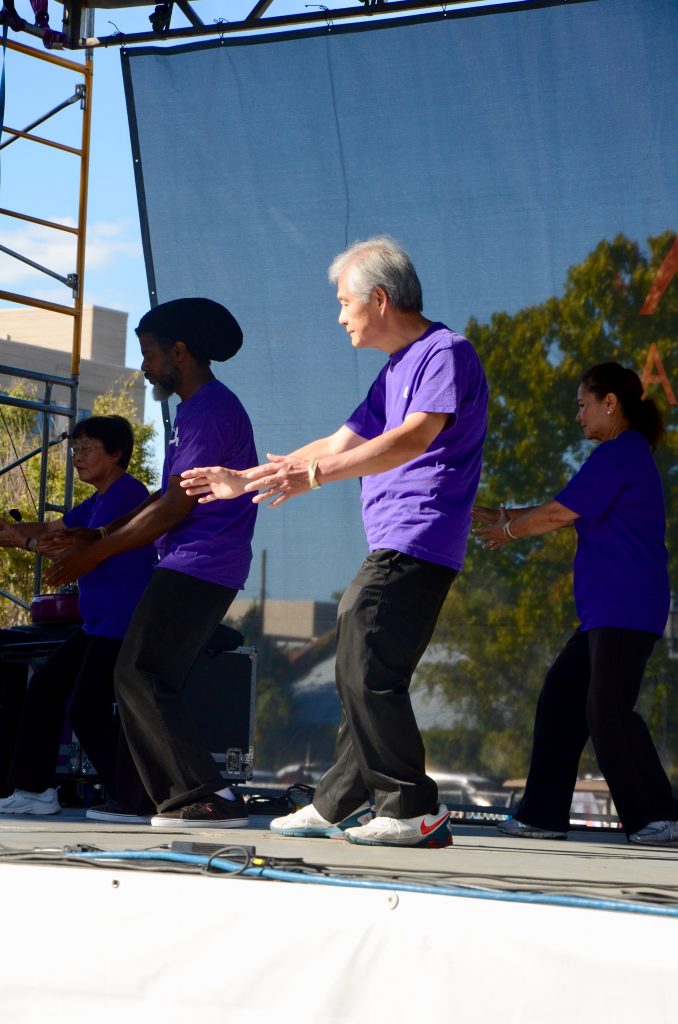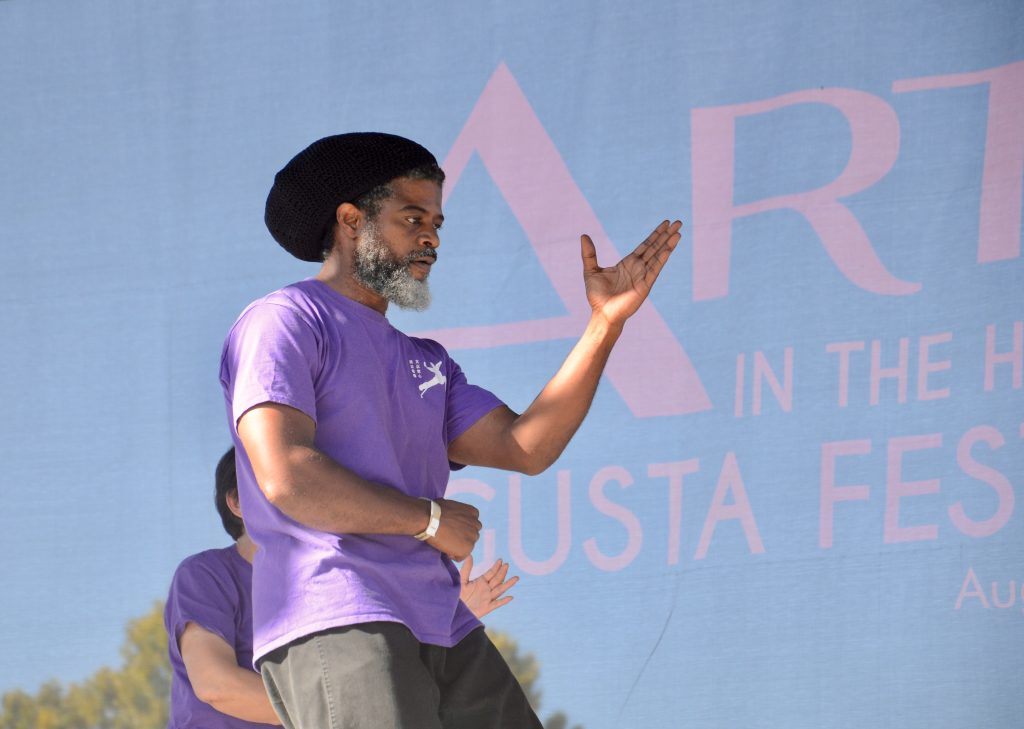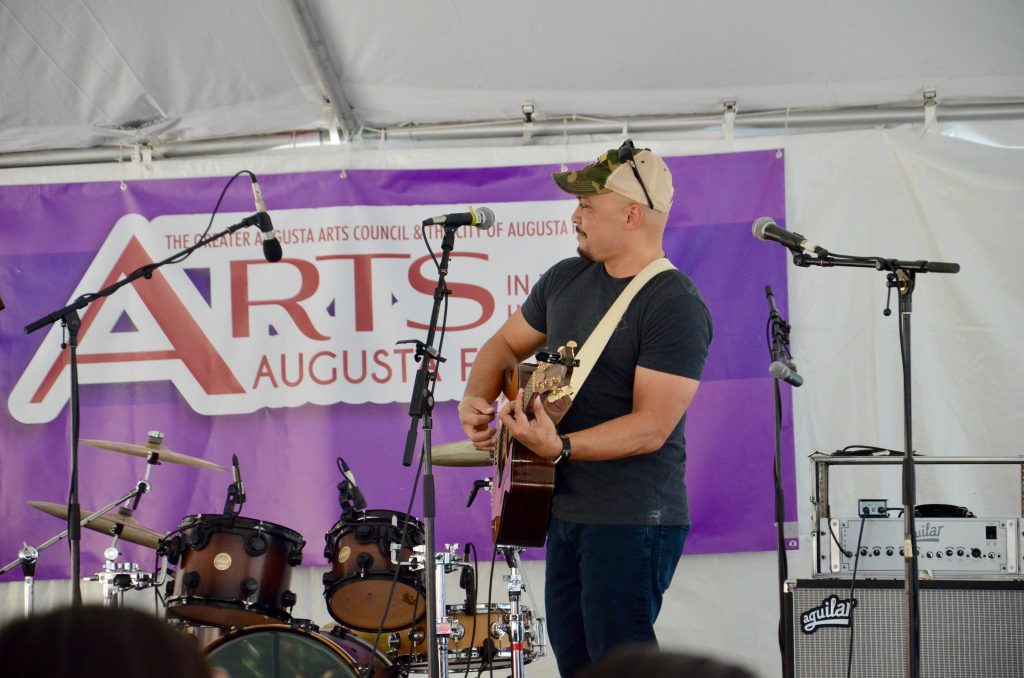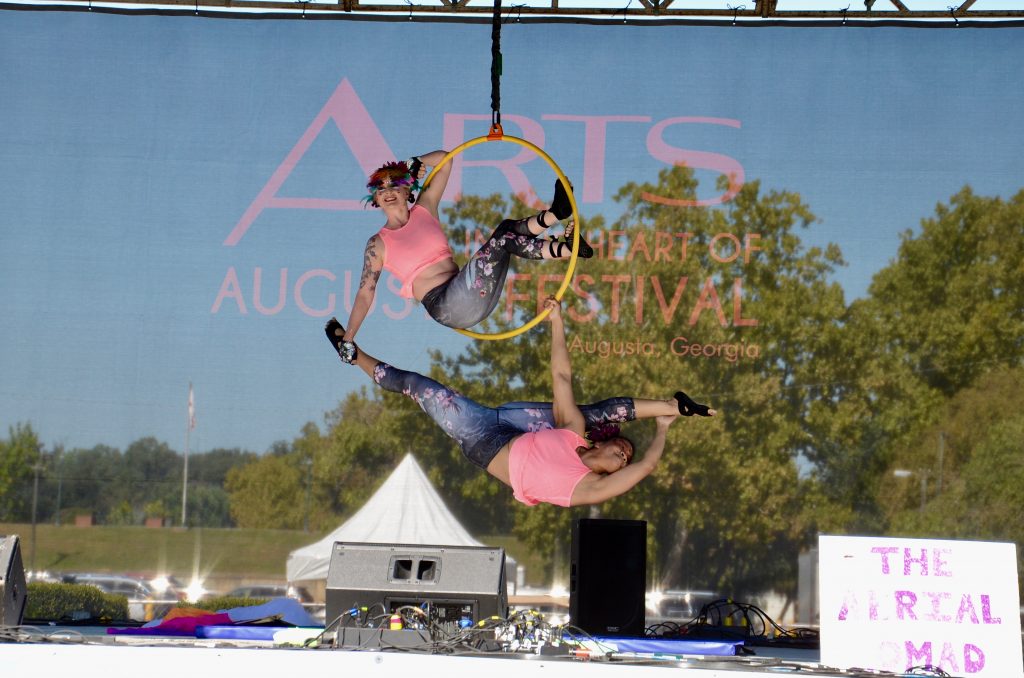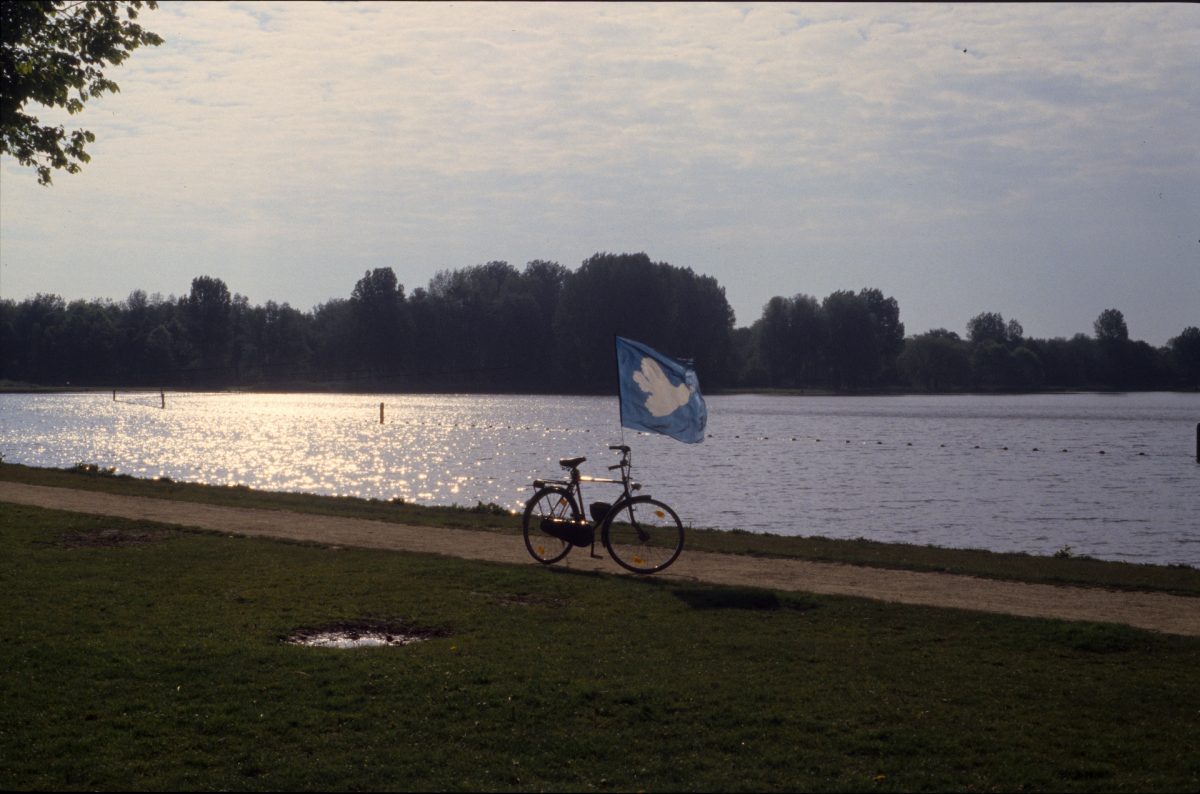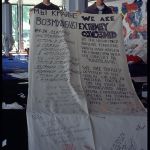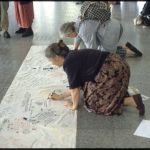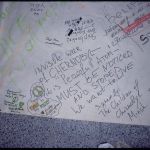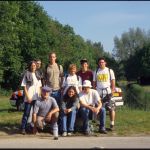When I was in school I was a solid B student. I thought of myself as a B student and I worked hard to make sure I was always working at least a B average. I worked hard, but not too hard. Likely I could have been an A student if I’d worked harder, but I would not have been as happy. I didn’t feel the drive to be the best all the time, just good enough to keep up with what I was learning. Most people brag about being A students, but that wasn’t me and it has worked out pretty well in the long run.
For me a B student is someone who not only gets actually Bs most of the time in school but also knows how to work hard to get the grade they want, and how to relax so they recover and enjoy their lives along the way. If they fall a little short at some point they are perfectly capable of working a little harder to make up the ground. Life is not a sprint, it’s a marathon, we all have to save a bit for later. If you are used to running full out all the time, you do not always have the ability to step it up a little extra when needed nor how to relax and recover without stopping. In a world where we seem to be moving from helicopter parents to snowplow parents, there are still people that have fallen short from time to time, so they know how to pick themselves up and push forward.
There has been plenty written and said about the flaws of perfectionism so you don’t need to trust me, and I’m not going to waste time making the case that there are problems with pushing kids and college students to be a perfect A student all the time. And there are problems when companies only want to hire people who have those backgrounds.
In our current test-driven education culture there is a lot of push for kids to be the best. And the highly competitive nature of admissions for some top colleges can make it seem like a kid has to be perfect to succeed in life. But life isn’t Top Gun there actually are points for second place, and really more or less all the others (well paychecks and some level of happiness anyway). More importantly people who are used to a bit of failure can excel when faced with tough jobs that require a lot of on the job learning and trial and error work. That describes pretty much every modern office job, and lots of others – watch a plumber work on an old house and you’ll see plenty of trial and error being required to solve even basic problems.
Failure is a part of life. We all need to know how to acknowledge we made mistakes, how to recover, and how to ensure we don’t make the same mistake again in the future. People who earned a lot of B’s in school are familiar with all those things. We sometimes got lazy and ended up with a C instead of B – to stay a B student we then worked harder and got ourselves enough A’s to offset our missteps and bring our averages back up. Sometimes we really didn’t understand something and had to struggle through to make sure we stayed on pace.
B students also often know the difference between learning and getting the right answer on an assessment (a skill I would have told you I had but did not need anymore until I starting having to pass professional certification exams on a regular basis). We learned how to pass the test without knowing all the information, but knowing enough to get the grade we wanted. Getting a perfect score on an assessment is only useful if the assessment is perfect – most college professors and anyone who has taken a certification exam can tell you there are no perfect assessments. I had to pass tests in college, and I need to complete and maintain certifications now, but I don’t need to have every piece of information crammed into my brain all the time – that’s what Google is for. Once I pass, I’ve passed – it feels better to get more right answers, but as long as I get enough to pass I’m certified.
When I was in the 6th grade we had a whole day dedicated to studies skills taught by a guy named Mr. Gallagher. He wasn’t a regular teacher at my school, and I have no idea where they found him or what happened to him later, but some of what he taught us that day has stuck with me both in terms of skills and philosophy. He emphasized the need to understand how a test was written, both in terms of following directions so you didn’t give up silly points and so you know where to focus your time (hint: time goes first into the places you are likely to earn the most points), and when to guess and when to work through an answer carefully (again be greedy about points not the number of right answers).
Mr. Gallagher was the first person to put the idea into my head that the point of going to school is to get good grades instead of learning. I can still remember our teachers pushing back on that argument the next day, and I eventually arrived at the conclusion that they were both right: the purpose of school is to learn, but the purpose of tests is to get good enough grades so you can move forward in school. The thought exercise itself helped me see that learning material and passing a test weren’t actually always related. I had a teacher later who helped me further abstract this concept when he pointed out that he could easily write tests we all passed or all failed, so the purpose of the test writing was to find a measure of what he thought we should be able to do (that teacher and his wife were recently on Marketplace – thanks Bill that simple lesson was super useful in college and beyond). If pass and fail are at the whim of the test author, and they aren’t actually playing against me personally but really tracking a group of people, then I can play it as a game where I need to get myself into the top 80%. If I learn to play at that level reliably I’m going to do pretty well and I don’t have to stress being perfect all the time.
Yes, there are things in life that you cannot do unless you are one of the best. Not to mention the fact that the playing field isn’t level, which means some people have to work a whole lot harder than others to earn the same B and a report card full of Bs doesn’t get read the same for everyone. But we cannot all be the best, and pretending that’s not true doesn’t level the social playing fields.
And of course there are plenty of moments we need to strive to be as close to perfect as we are capable. But we also have to hit deadlines and get things done even if we know the work will be less-than perfect. Anyone who works in software development has to deal with this on a regular basis. As much as we may want to be perfect, shifting project requirements, project timelines, platform weakness, and our own mistakes all get in the way. We do the best we can with the skills, time, teams, and the tools we have. We need to know how to accept that we cannot fix every flaw and still get things done well enough to ensure the project is successful.
So when you are hiring people consider looking for people who already know how to be second best. People who know how to do really good work, but also know how to take risks, try something new, and in the process fail. People who know how to get things done well enough to be successful, even if it’s not perfect. We aren’t perfect, our work isn’t perfect, our world isn’t perfect, so don’t pretend your team has to be perfect.
Authors Note: Last month I failed to post to this blog for the first time. If you look back over the record you will see at least one post each month from the time the blog starts through August 2019 – then I missed September. Oops. I could make all kinds of excuses (I really did get sick right at the end of the month so my planned post was delayed a week), but the truth is I had time and material, I just didn’t get anything done. So now to make up for it I am trying to post every weekend this month. I missed a goal by a little, so now I compensate to make up for it – then I’ll hopefully go back to my nice reliable routine. What can I say? I’m okay with a B.
